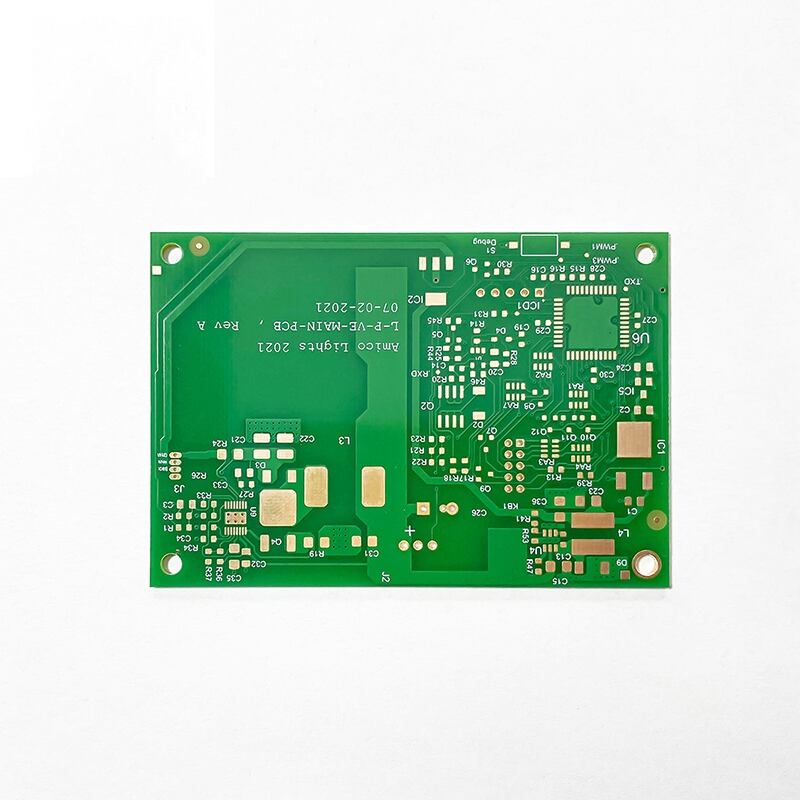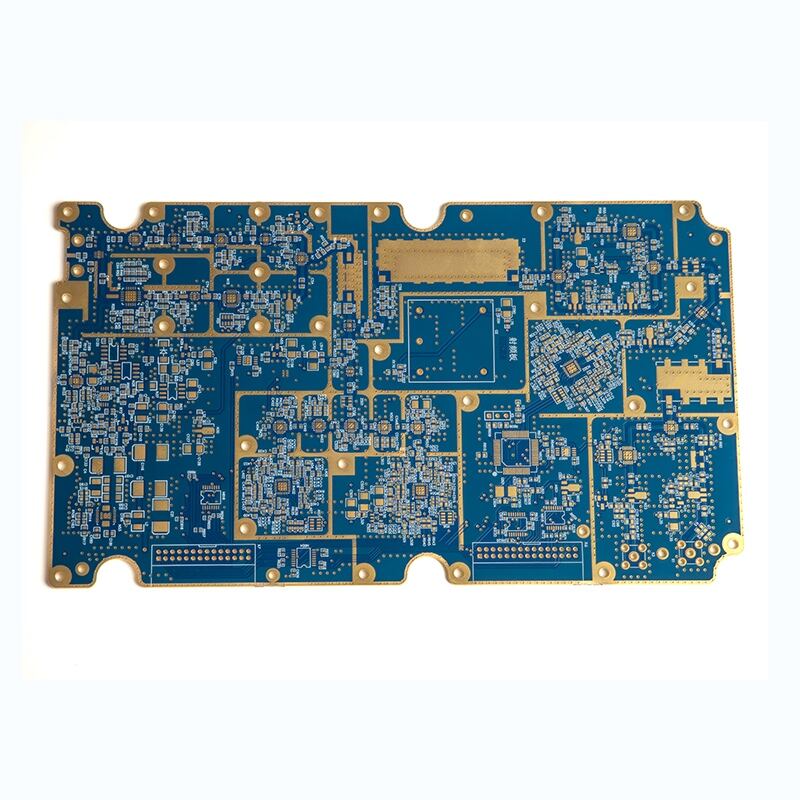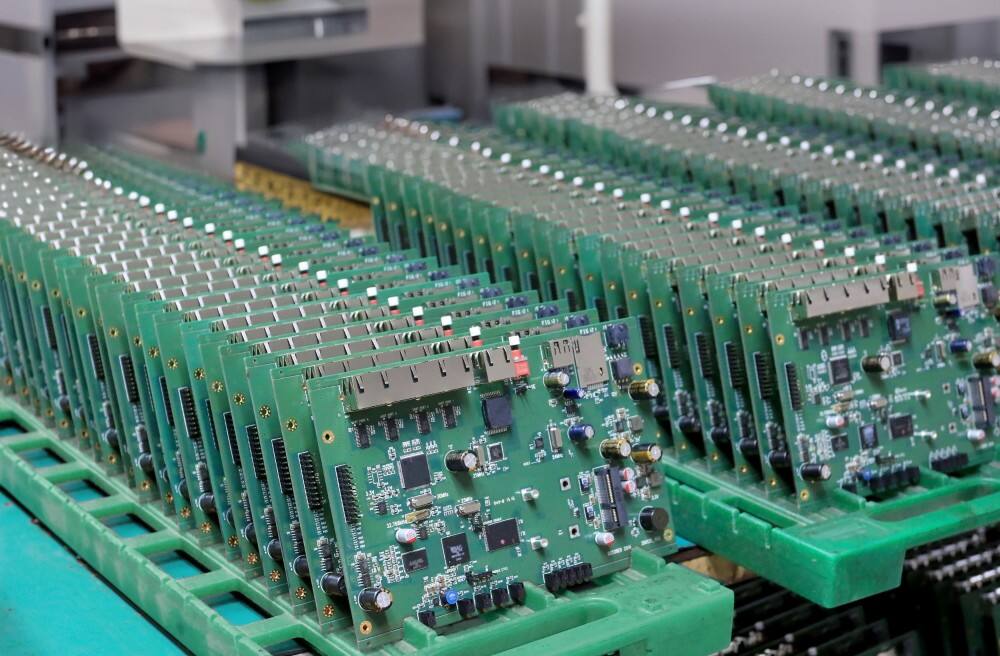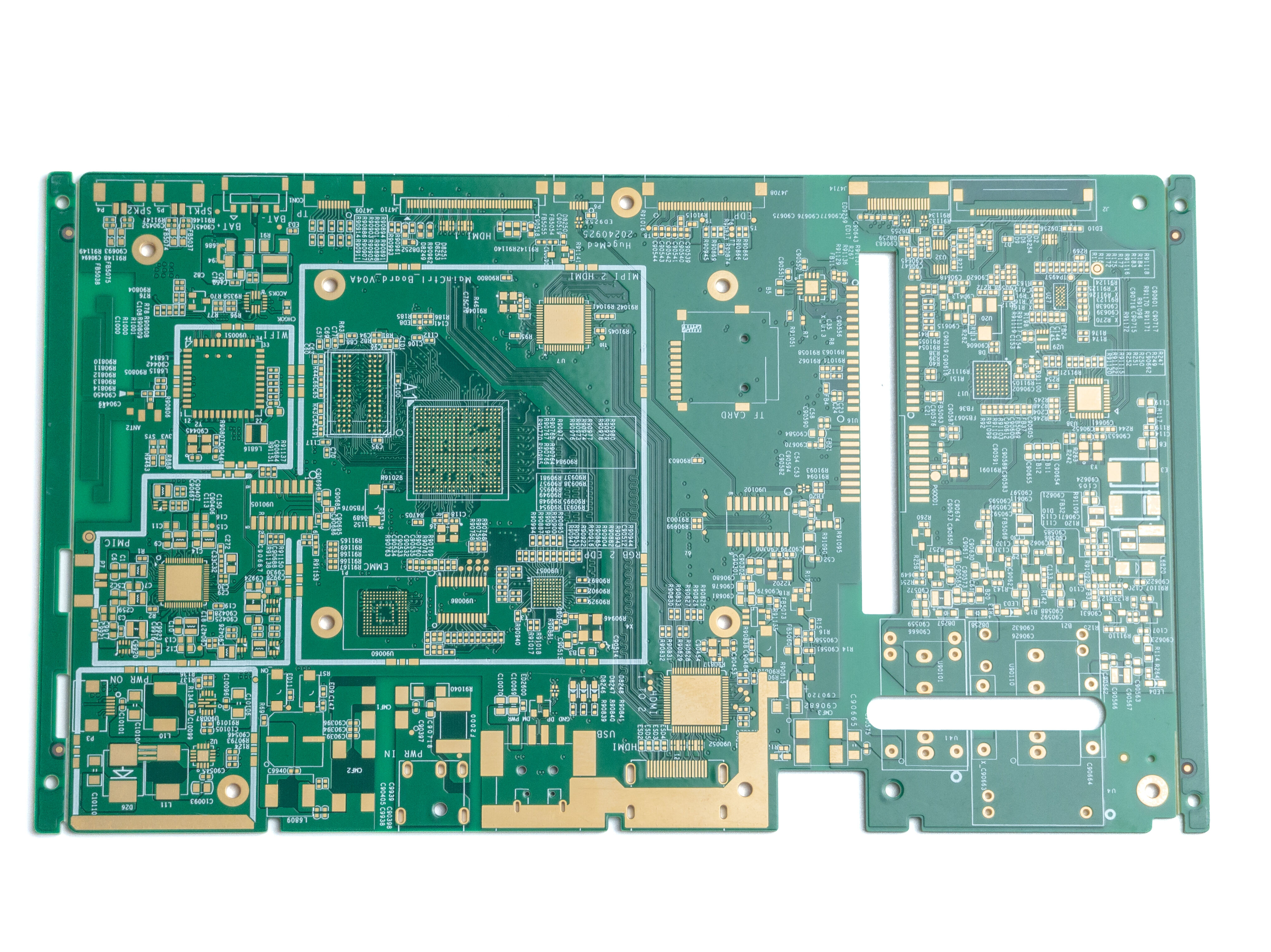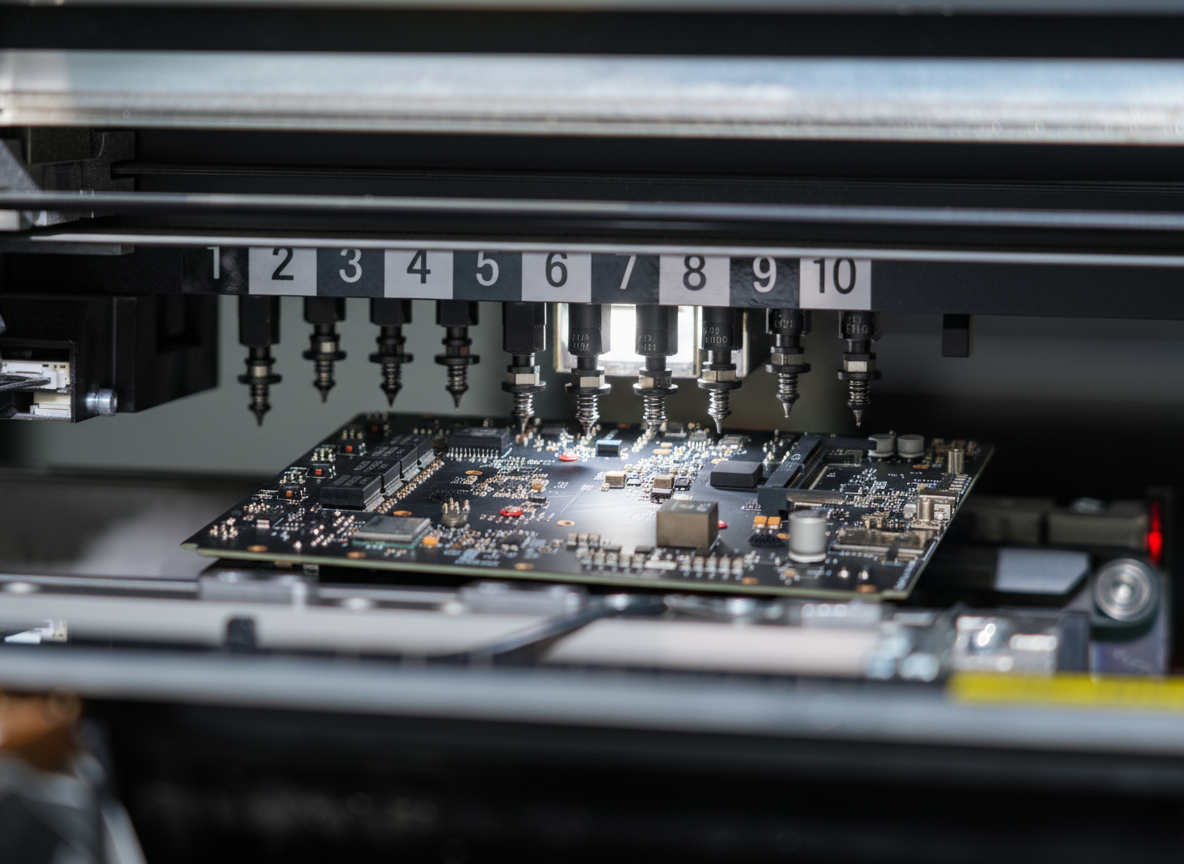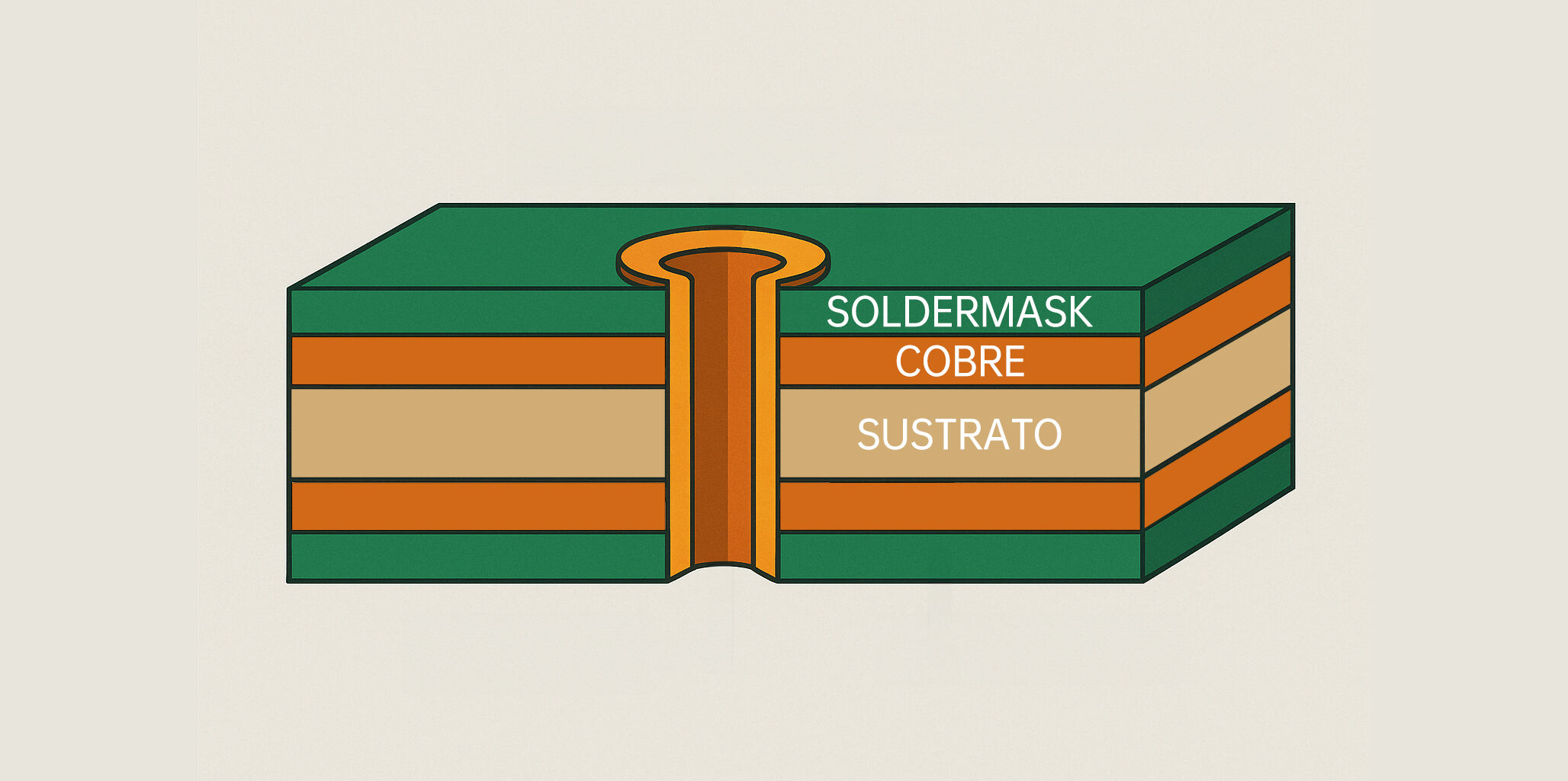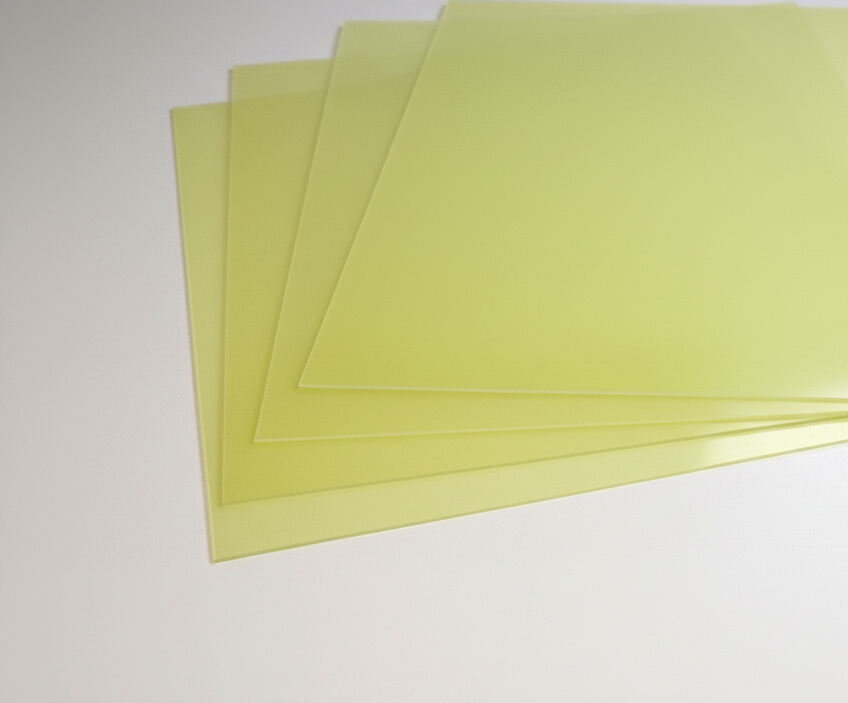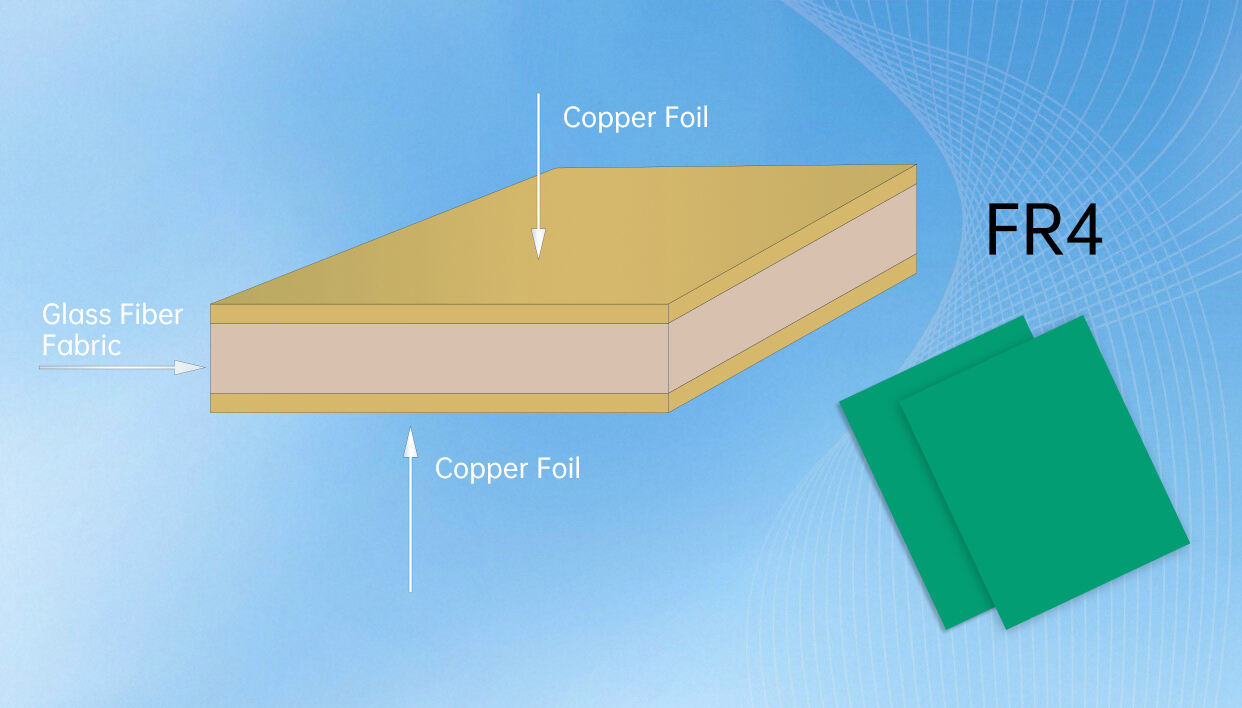pcb manufacturing assembly
PCB manufacturing assembly represents a sophisticated process that transforms bare circuit boards into fully functional electronic components. This comprehensive manufacturing process encompasses several critical stages, from the initial design verification to the final quality control inspection. The assembly begins with the application of solder paste to the bare board through a precision stenciling process, followed by the careful placement of components using advanced pick-and-place machines. These machines can position thousands of components per hour with microscopic accuracy. The assembled boards then undergo reflow soldering, where controlled heat brings the solder paste to its melting point, creating permanent electrical connections. Modern PCB manufacturing assembly incorporates automated optical inspection (AOI) systems and X-ray inspection technology to ensure the highest quality standards. The process can accommodate various board types, from simple single-layer designs to complex multilayer configurations, and supports both surface mount technology (SMT) and through-hole component installation. Advanced manufacturing facilities maintain strict environmental controls for temperature, humidity, and static electricity, ensuring optimal conditions for assembly. This technology serves diverse industries, including consumer electronics, automotive systems, medical devices, and aerospace applications, demonstrating its versatility and essential role in modern electronics production.

